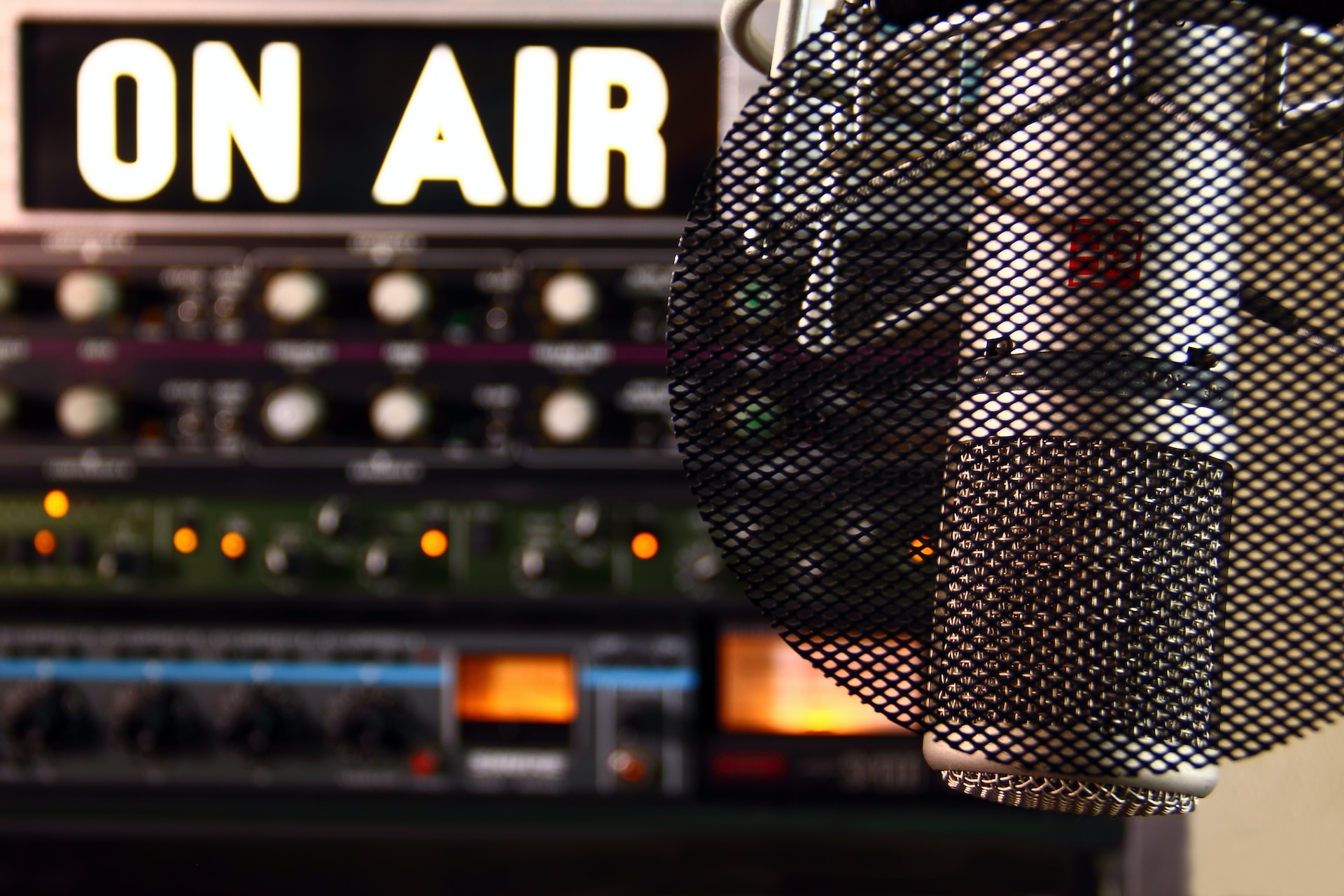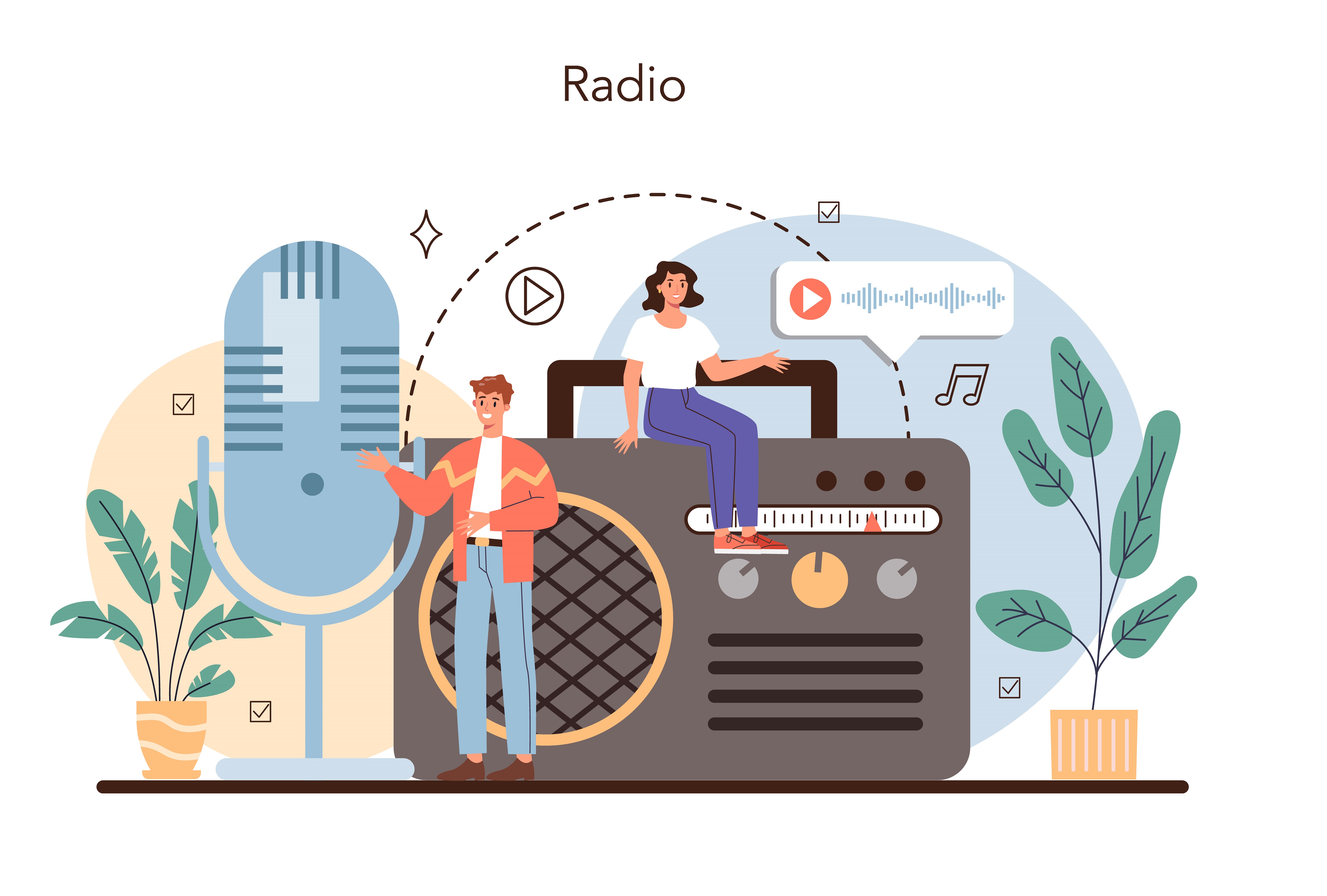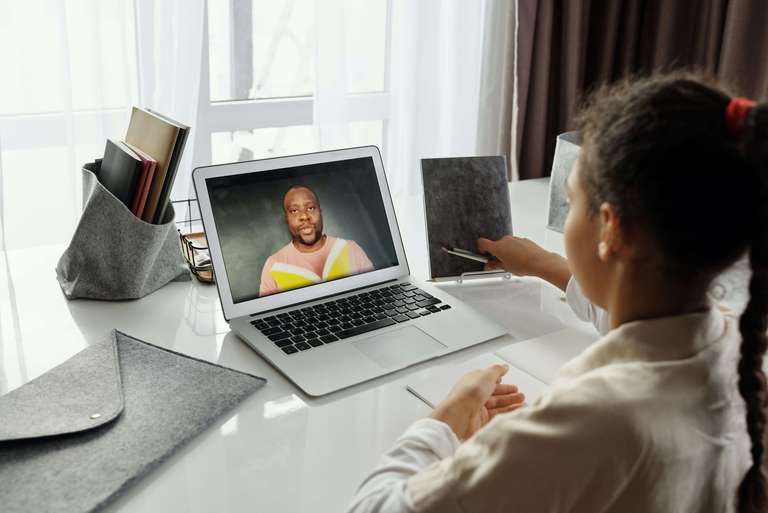Unleashing the Power of the Radio Voice Generator

During the golden era of radio broadcasting, prominent figures like Edward R. Murrow and Rush Limbaugh set the standard for captivating narrations, using their distinctive voices to engage and inform vast audiences. The impact of their voices was undeniable, shaping public opinion and evoking strong emotional responses.
Today, the desire to replicate such influential vocal prowess persists. However, achieving this level of vocal mastery in modern radio broadcasting presents a challenge.
This is where radio voice generators step in to bridge the gap. Leveraging advanced text to speech software, these voice generators enable creators to emulate the depth and resonance reminiscent of iconic radio presenters and quickly create dynamic high quality audio content, such as podcasts, radio advertisements, announcements, and more, without the need for recording studios or professional voice talents.
According to a report by TS2, AI is increasingly being used in the radio industry for various applications, including cloning radio presenters’ voices, language translation, and even creating dynamic and automatic radio adverts. For instance, Radio Sweden used AI to clone their presenter’s voice based on just seven hours of content, allowing them to provide round-the-clock content from a trusted voice. Similarly, Prisa Radio, a leading talk-radio network in Spain, used an AI voice actor named Victoria to fill a sports content gap.
So, buckle up and get ready to embark on an exciting journey into the world of radio voice generators to create voiceovers!

Table of Contents
Benefits of Using a Radio AI Voice Generator

With its rich timbre and authoritative presence, the radio voice has been a cornerstone of audio broadcasting for decades. Modern text to speech platforms can generate realistic radio voices that can be used in innovative ways, offering numerous advantages over traditional radio broadcast recording. Let’s see how.
Cost Efficiency
Traditional radio broadcasting involves significant production costs. For instance, the production of a single episode of a popular radio show could run into thousands of dollars, considering studio rentals, equipment, and talent fees. Text to speech technology drastically reduces these costs by eliminating the need for physical studios and professional voiceover artists. All you need is the script of the show, and the voice generator can produce a natural sounding speech.
Rapid Content Creation
Traditional radio content creation is time-consuming, often requiring multiple recording sessions, edits, and post-production work. With a radio voice generator, content can be produced in mere minutes, ensuring timely delivery, especially crucial for news broadcasts or urgent announcements.
Personalized Messaging
TTS technology allows for the customization of content on the fly. For businesses, this means delivering personalized advertisements, videos, or messages to different audience segments, something challenging to achieve in traditional radio broadcasts without recording multiple versions.
Flexibility and Adaptability
Traditional radio broadcasts are relatively rigid once recorded. In contrast, TTS-generated content can be easily modified, whether updating information, changing the language, or adjusting the tone and pace.
Multilingual Capabilities
Traditional radio broadcasts often cater to a primary language group. TTS technology, especially with extensive voice libraries, can generate content in multiple languages, ensuring a broader reach and inclusivity.
Consistency
While human narrators might have off-days or variations in performance, TTS ensures a consistent voice and high-quality narration, crucial for brand identity and regular broadcasts.
Murf Voices for Radio Broadcasting
In the realm of text to speech, Murf stands out as the premier AI voice generator for radio. Designed with precision and a deep understanding of audio content needs, Murf is not just a tool but a comprehensive solution for those aiming to capture the essence and sound of classic radio broadcasting in today’s digital age.
One of Murf’s standout features is its extensive voice library. With over 120 realistic AI-generated voices spanning 20 languages across different voice styles, the platform ensures that users have a plethora of options at their disposal. Whether you’re aiming for the deep, resonant tone reminiscent of old-time radio announcers or a modern, energetic show host vibe, Murf has got you covered. The diversity in accents, such as Australian, British, and American, further adds to the authenticity, allowing for content that resonates globally while retaining a local touch.
But the magic of Murf doesn’t stop at voice selection. The platform offers a suite of customization options that put the power of voice modulation in the hands of the user. Want to emphasize a particular word or phrase? Adjust the emphasis. Need a slower, more dramatic narration for a suspense-filled segment? Play with the speed settings. From pitch control which can add depth or lightness to the voice to pause control ensuring natural breaks and rhythm Murf provides all the tools needed to fine-tune and craft a voiceover that’s not just heard but felt.
Convert Text into Radio Announcer Voices with Murf
Crafting the perfect radio announcer voice requires a blend of the right content and ideal voice modulation. With Murf, achieving this combination becomes a seamless process. Here’s a detailed guide to help you navigate this:
Step 1: Enter Your Script on Murf
Begin by inputting your script into Murf. Murf offers flexibility, whether you’re typing it directly, pasting it from another source, or importing a word or text file.
Step 2: Choose a Radio Voice from Murf’s Voice Library
Murf boasts an extensive library of over 120 natural-sounding AI voices across 20 languages. Some of the recommended Murf voices for radio are Ken, Julia, Miles, Ruby, Natalie, Clint, and Samantha.
Step 3: Add/Modify Voice Customizations
This is where you can truly personalize the voice to fit the radio style. Adjust the pitch to give it that deep, resonant radio quality. Play with the speed; perhaps a slower pace for a dramatic storytelling segment and a brisker one for news updates. Emphasize certain words for impact and add pauses for dramatic effect or to let the information sink in.
Step 4: Include Background Music if Required
A radio broadcast often has background jingles or music. While Murf primarily focuses on voice, it also offers the ability to integrate the generated voiceover with background music using its music library of 8000+ royalty-free music tracks.
Step 5: Preview and Download
Before finalizing, preview your creation. Listen to it from the perspective of your audience. Does it capture the radio announcer vibe you aimed for? Once satisfied, you can download and integrate the voiceover into your broadcasting platform.
Transform Your Radio Broadcasting with Murf’s Natural Sounding Voices
Murf stands out as a powerful tool in radio broadcasting, offering a wide array of realistic AI voices, multilingual support, and advanced customization options. Its unique features, like voice cloning and voice changer, open up new creative possibilities for your audio content. By democratizing content consumption, the TTS tool promotes inclusivity and reinforces the radio’s role as a medium that connects people from diverse backgrounds. So why wait? Try Murf for free today.

FAQs
How can I convert my written content to a radio voice?
Converting your written content to a human like voice is simple with a radio voice generator like Murf. Enter your script, choose a radio voice from the library, customize the voice settings, preview the voiceover, and download the final audio.
Can I adjust the tone and style of the radio voice?
Absolutely! With Murf, you have complete control over the tone and style of the audio element of the radio voice. You can adjust parameters such as pitch, emphasis, speed, and pause duration to achieve the desired effect.
Can I use Murf for commercial purposes?
Yes, you can use Murf for commercial purposes. It’s a versatile tool that caters to personal and professional projects, allowing you to create high quality voice overs for various applications.
What are the system requirements for using Murf?
Murf is a web-based tool, which means you can access it from any device with a stable internet connection and a modern web browser. It is compatible with both Windows and macOS operating systems.
Is Murf compatible with different devices?
Yes, Murf is compatible with various devices, including desktop computers, laptops, tablets, and smartphones. With internet access and a supported web browser, you can use Murf to generate high quality voices on your preferred device.



